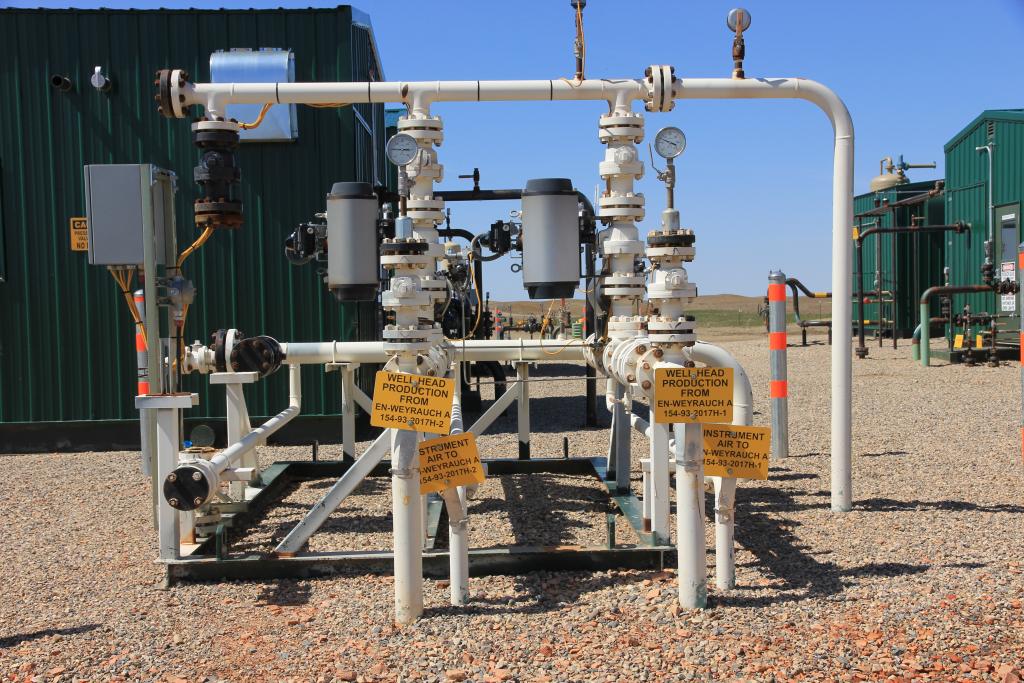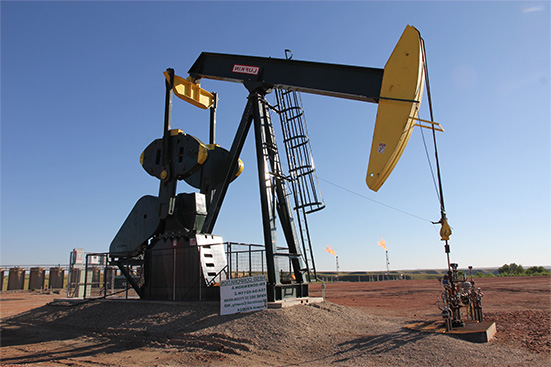
Savvy investors have numerous ways to bet on the direction of oil and gas investment. The choices range from exchange-traded derivatives, crude oil futures and options, sector mutual funds, energy equities, and direct participation in oil and gas. Each of these options carries specific risks, and all these choices include exposure to the world’s most valuable commodities.
Economically, oil is a highly essential resource, providing the majority of energy for raw manufacturing materials and transportation. It is the most heavily-traded commodity on a global scale. Due to the fact that oil is so indispensable and its process of production lengthy, suppliers and consumers alike are slow to fine-tune production and consumption as the prices of oil increase or decrease. This only means that in the face of disruptions – like an interruption of supply due to geopolitical factors or a drop in demand caused by a pandemic – the prices of oil must move further to rebalance the economy.
Analysts believe that oil demand will not slow down anytime soon. While oil prices tend to be volatile, the market participants are usually well-informed and the markets setting them highly liquid. Serious investors in the energy sector all do their own diligence. Learn about ways to invest in oil and gas.
Contact DW Energy
Want to learn more about oil & gas investing? Our expert team can provide you with more information or schedule a consultation to talk about diversifying your investment portfolio.

Oil Futures and ETFs
Those who are considering oil and gas investments have a number of options, from buying lower-risk ETFs or energy sector exchange-traded funds to purchasing oil futures, which are considered quite volatile.
Oil futures trading is recommended for skilled investors. They are contracts which allow you to exchange oil on a set date at a set price. For those in the know, some of the futures contracts offered on the NYMEX are Brent Crude, Light Sweet Crude Oil, the Crude Oil Volatility Index, E-mini Crude oil, and RBOB Gasoline.
ETFs offer exposure to energy stocks, are considered low-risk and are more suited to beginner investors. By investing in ETFs, investors only need to track a single stock, allowing them to gain exposure to having a more diversified portfolio.
In the ETF sector, there are a number of options, including mutual funds such as T. Rowe Price New Era Fund and the iShares Global Energy Sector ETF. Other available options are the United States Brent Oil Fund, the United States Oil Fund, the United States 12 Month Oil Fund, the Energy Select Sector SPDR, the United States Gasoline Fund, the PowerShares DB Oil Fund, and the SPDR S&P Oil & Gas Explore & Product.
Oil stocks
Naturally, investors also have the option of investing in oil exploration, development, and production firms. It’s best if investors do their homework to identify which option meets their conditions.
Popular options are US-listed oil stocks and dividend-paying stocks that offer strong dividends. They include producers such as Shell, BP, ExxonMobil, Diamondback Energy, Enbridge, Chevron, and EOG Resources.
It is clear that there are many ways to invest in oil and gas – whether you choose to invest in oil futures, publicly traded oil company stocks or an ETF strategy. A reputable oil & gas investment company like DW Energy can help you decide on the many oil and gas investment opportunities available and can help pinpoint the most promising opportunities with great tax benefits and assured returns. Get in touch today.
Contact dw energy
Sources:
“Introduction to Trading in Oil Futures,” Investopedia, https://www.investopedia.com/articles/active-trading/040615/introduction-trading-oil-futures.asp
“Best energy ETFs: Top oil, gas and clean energy funds,” Bankrate, https://www.bankrate.com/investing/best-energy-etfs/
“Top Oil ETFs,” Investopedia, https://www.investopedia.com/news/5-etfs-track-oil-usodbooilucouwti/
“How To Invest In Oil,” Forbes, https://www.forbes.com/uk/advisor/investing/how-to-invest-in-oil/
